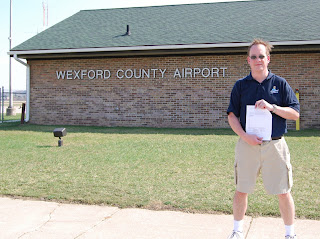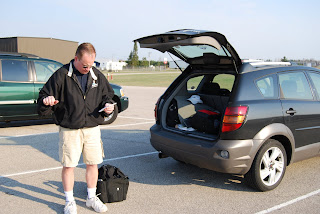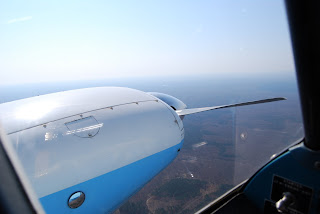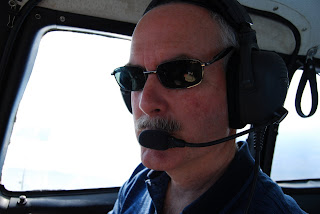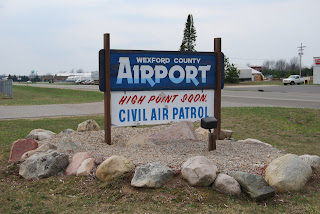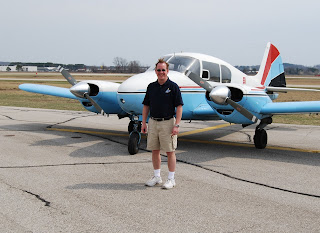
This is a regular blog post. Show notes and links to show audio appear in other posts.
Just a brief post to update progress. Five hours of dual, a 1.1-hour checkride, and I’m one of the planet’s newest seaplane pilots! I got my airplane single engine sea (ASES) rating this weekend with Tom Brady near Traverse City, Michigan.
I have something like four hours of audio (including the checkride!) to edit and turn into an episode or two. I also shot some video that I’ll be trying to make into something postable soon.
Contact info for Tom Brady at Traverse Air:
294 N West Silver Lake Road
Traverse City, Michigan 49686
231-943-4128
www.traverseair.com
